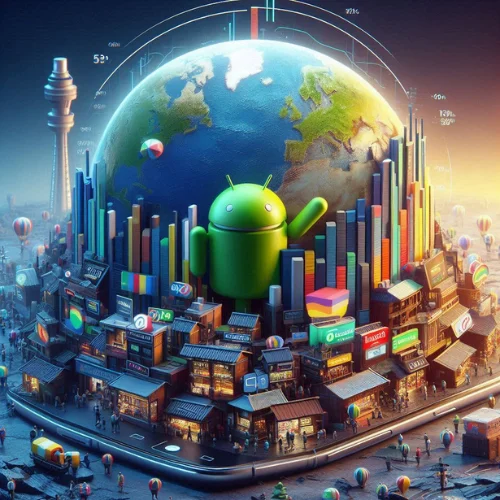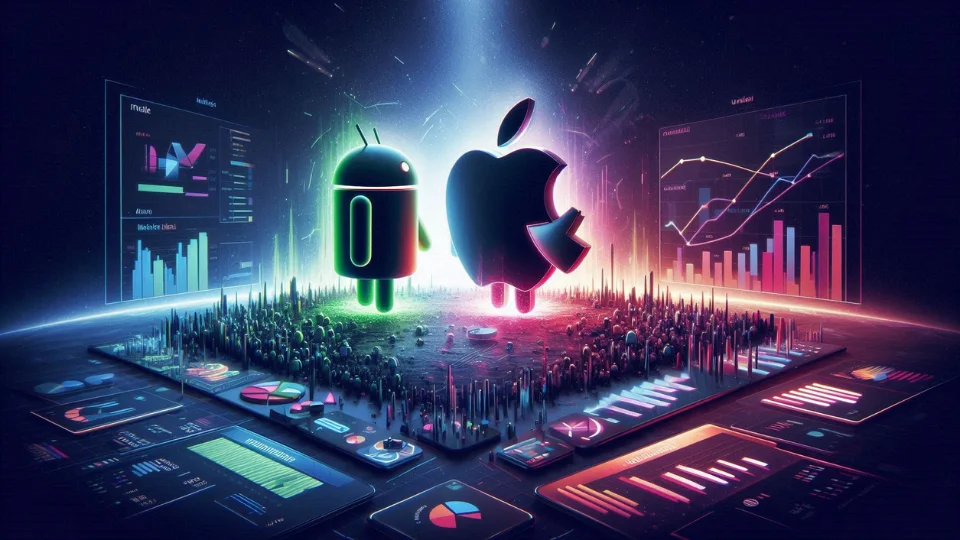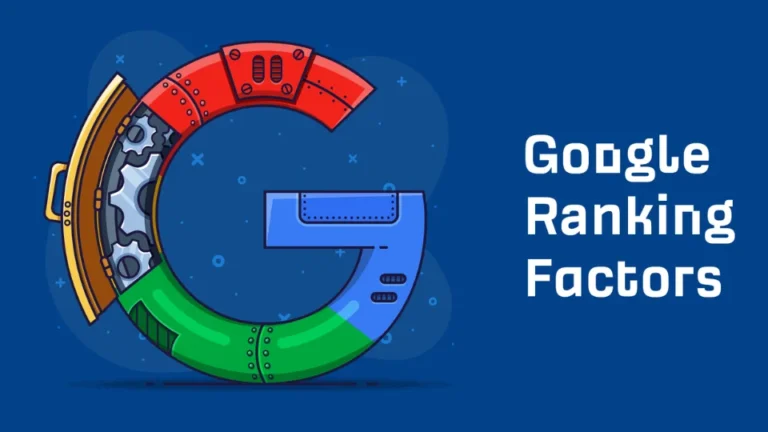iPhone vs Android Statistics: Market Share, User Trends & Performance in 2025
Choosing between iPhone and Android is one of the most common tech dilemmas worldwide. Whether you’re a consumer, marketer, or app developer, understanding the latest iPhone vs Android statistics can help guide better decisions. In this article, we’ll dive deep into market share trends, user demographics, performance comparisons, and more.
Let’s explore how these two mobile giants stack up in 2025.
iPhone vs Android: At a Glance

Here’s a quick comparison table to understand the differences in key metrics:
| Feature / Statistic | iPhone (iOS) | Android |
|---|---|---|
| Global Market Share (2025) | 30.5% | 69.2% |
| U.S. Market Share | 61% | 39% |
| Most Popular Manufacturer | Apple | Samsung |
| Average Device Price | $900+ | $300–$700 |
| App Store Revenue (2024) | $96 billion | $53 billion (Google Play) |
| Average User Age | 18–34 | 25–44 |
| Security Ratings | Higher (Closed System) | Varies by manufacturer |
| Customization Options | Limited | Extensive |
Sources: StatCounter, IDC, App Annie, Pew Research, Sensor Tower
Global Market Share: Android Still Leads

Android dominates the global smartphone market in 2025, holding nearly 70% of global usage. This is largely due to its wide availability across budget to premium devices and dominance in Asia, Africa, and South America.
Regional Insights:
- North America: iOS holds a commanding 61% share in the U.S. due to brand loyalty and ecosystem integration.
- Europe: Market share is nearly even, with slight variation by country.
- Asia-Pacific: Android commands more than 80% of the market, led by Samsung, Xiaomi, and Oppo.
User Demographics: Who Uses iPhone vs Android?

The user base for each OS reveals key differences that brands and app developers should consider.
iPhone Users:
- Skew younger (18–34)
- Higher income brackets
- More urban and brand-conscious
- More likely to use wearables like Apple Watch
Android Users:
- Wider age range (25–44)
- More diverse income levels
- Global reach, especially in developing nations
- Tend to value device customization and affordability
Performance & Hardware: iPhone vs Android in 2025
Processing Power:
- Apple’s A17 Pro chip (in iPhone 15 Pro models) outperforms most Android chips in single-core performance.
- Android’s top-tier models like the Samsung Galaxy S24 Ultra with Snapdragon 8 Gen 3 offer competitive multi-core and GPU performance.
Camera Quality:
- iPhone excels in video recording and consistency.
- Android phones often have higher megapixel counts and more versatile lens setups.
Battery Life:
- Top Android devices generally offer longer battery life due to larger batteries.
- iPhones are known for efficient battery optimization, especially with iOS 17 enhancements.
iOS vs Android: App Ecosystem & Store Revenue
App Downloads:
- Android leads in total app downloads, mainly from developing markets.
- However, iPhone users are more likely to spend on apps and in-app purchases.
Revenue Comparison:
- App Store (iOS): $96 billion in revenue (2024)
- Google Play (Android): $53 billion in revenue (2024)
This makes iOS the preferred choice for developers prioritizing monetization.
Security & Privacy: How Do They Compare?
Apple emphasizes privacy through a closed ecosystem, frequent updates, and strict App Store policies. Features like App Tracking Transparency and Face ID have enhanced user trust.
Android’s open-source nature provides flexibility but also increases risk:
- Users face more threats from third-party app stores.
- Security depends heavily on the manufacturer (e.g., Pixel devices receive more regular updates than others).
Verdict:
- iOS is often rated as more secure by cybersecurity experts.
- Android provides more control but requires user vigilance.
Pros and Cons of iPhone and Android
iPhone Pros:
- Seamless integration with Apple ecosystem
- Strong privacy and security
- Consistent software updates
- High resale value
iPhone Cons:
- High price tag
- Limited customization
- No expandable storage
Android Pros:
- Broad device variety and pricing
- High customization and flexibility
- Expandable storage (in many models)
- Fast charging and innovation (foldables, 100W+ charging)
Android Cons:
- Fragmented update schedule
- Varying app quality and performance
- Lower resale value (in many cases)
Key iPhone vs Android Statistics (2025)
Let’s summarize some key stats to remember:
- Android has 69.2% global market share vs. iPhone’s 30.5%.
- iOS leads U.S. market share with 61%, showing stronger brand loyalty in developed markets.
- App Store revenue outpaces Google Play nearly 2:1.
- iPhone users spend more on apps, but Android dominates in volume of users and downloads.
Frequently Asked Questions (FAQ)
1. Which is more popular globally: iPhone or Android?
Android is more popular worldwide, largely due to the number of manufacturers and lower-cost devices.
2. Why is iPhone more popular in the U.S.?
The iPhone’s brand appeal, ecosystem integration, and carrier support have made it a status symbol and top choice in the U.S.
3. Is iPhone more secure than Android?
Yes. iOS has stricter app store guidelines and faster security updates, making it generally more secure.
4. Which OS is better for customization?
Android offers far more customization options than iOS, from launchers to widgets and ROM modifications.
5. Do iPhones last longer than Android phones?
iPhones typically receive longer software support (up to 5–6 years), while many Android phones get only 2–3 years of updates.
Conclusion: iPhone or Android — Which Is Better in 2025?
Ultimately, choosing between iPhone and Android depends on what you value most:
- If you prioritize security, software longevity, and ecosystem harmony, go with the iPhone.
- If you want variety, customization, and more pricing options, Android is the better fit.
Both platforms continue to innovate and grow, but the statistics clearly show Android’s global dominance, while iPhone leads in revenue, user engagement, and loyalty in certain markets like the U.S.
Looking to stay ahead of mobile trends? Consider these stats when developing apps, planning marketing strategies, or choosing your next phone.







